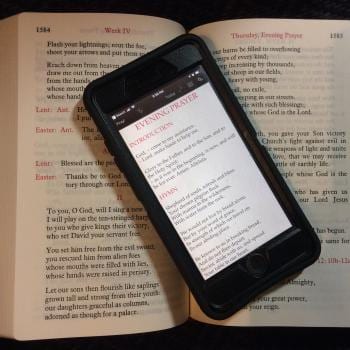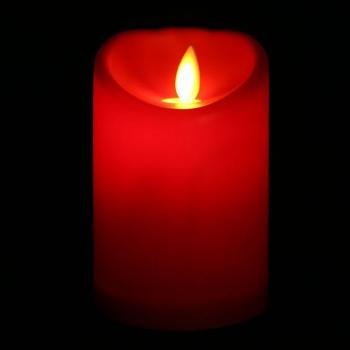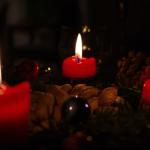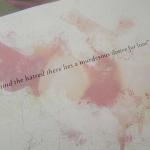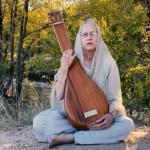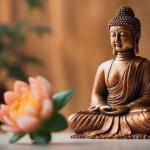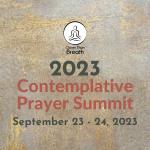Once we embark on the daily practice of the Lord’s Prayer, we will find ourselves in question at many points, but, for a while, particularly as we begin. Certainly it is not possible to launch into the prayer while entrained in the current of our daily associations.  This is often a powerful current, sweeping us up even in an early morning session. Because we are so easily snared, it is helpful not to check email on awakening, for example.
This is often a powerful current, sweeping us up even in an early morning session. Because we are so easily snared, it is helpful not to check email on awakening, for example.
Each time, we bring ourselves to the prayer and find we are not certain about whether we are ready to begin. We sense that there is a kind of door through which we must pass. Though it is as high as the sky, and reaches from horizon to horizon, and nothing impedes our passage, yet still we must cross a threshold.
We have come to listen to the prayer, not say it. It is going to speak, and to hear, a quite natural state of quiet must be allowed to establish itself. It is not a quiet that is imposed. We have no need to muffle inner chatter or suppress agitation and tension. But how to open to this always-present inner quiet?
First of all, we experience that this quiet is not to be found in the mind, but in the body. We begin in a place where we can be alone and undisturbed. It is fine to be seated on a chair or cross-legged on the floor, to stand or to kneel. What is important is to find a position that allows the spine to be free and aligned, erect but not rigid, like the stem of a plant oriented to the sun at noon. If seated on a chair, the knees should be slightly lower than the hips.
Watching the breath is the next grounding. While aware of the sensation of one’s weight on the chair or floor, sit quietly for a few moment and begin to count from one to ten, and from one to ten again. More important than the counting is to follow the flow of the breath as it enters the nostrils and to sense the hinge of the breath in the bellows of the abdomen as it changes from the in-breath to the out-breath, and to the in-breath again.
Under no circumstances alter the breathing. If the breathing changes, let it change, if a deep breath comes, let it come. If the counting causes tension, drop it and stay with the sensation of the body and of the breath. The counting has no value in itself, it is a study, a way of seeing the way in which watching, by itself, brings us to the quiet within. It is an exercise that simply alerts us to the dawning state of prayer.
After counting to ten twice, close the eyes if they had been open. Say the first phrase of the Lord’s Prayer either silently or aloud. Listen. Allow four breaths to pass before moving on to the next phrase. Stay longer if “held.” It is important to remember that the whole of the prayer is in the now: you are invoking now, petitioning now, affirming now.
This exercise is intended to slow us down. If a few phrases have passed by without stopping, return to the last phrase said with awareness and go on from there. Otherwise say the prayer only once through in this way during the period of prayer.
It is a prayer of the whole being, so maintain an awareness of the breathing and of the body as the prayer continues. Notice when the words sound in the mind alone, and come back to the awareness of the whole body situated in the radiance of the prayer. Best not to try to relax but notice the release of tensions as they fall away.
Again, this exercise is not intended to muffle inner chatter or to suppress tension. Instead, its aim is to alert us to a field of vibration already present, a living silence out of which the words of the prayer emanate and in which they resound. The silence we enter is not and cannot be imposed. It is instead the deeply informing silence of the Father.
Adapted from The Prayer of Fire: Experiencing the Lord’s Prayer. http://www.lorrainekisly.com
Image: Don Fletcher, tree peony. Used by permission.



